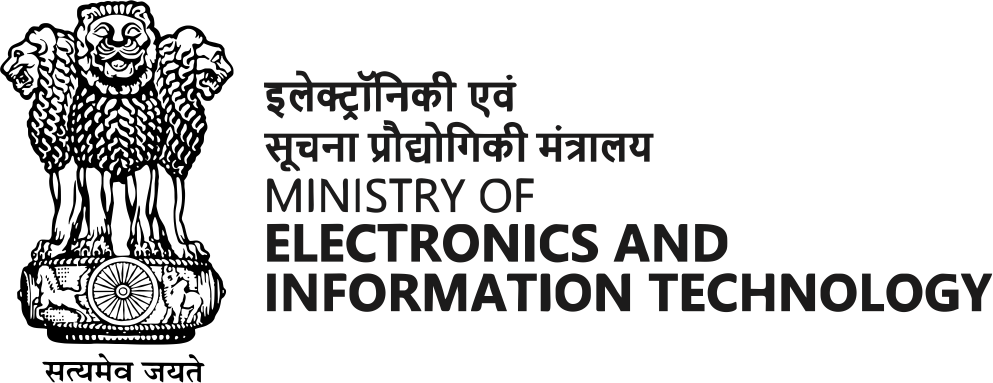Best Practices
Best Practices to be followed to Secure Wi-Fi:
Use a strong, unique password:Choose a password that is difficult to guess and not used for any other accounts. It is also a good idea to use a combination of letters, numbers, and special characters to make the password even stronger.
Enable encryption:Use a secure encryption protocol, such as WPA2, to protect the data transmitted over the network.
Enable firewalls:Enable firewalls on all devices connected to the network to help protect against malware and other threats.
Update devices and software:Keep all devices and software connected to the network up to date with the latest security patches and updates to help protect against vulnerabilities.
Use antivirus software:Use antivirus software to protect against malware and other threats.
Use a virtual private network (VPN):A VPN can help to protect against man-in-the-middle attacks and other threats by encrypting communication between devices.
Secure connected devices:Make sure that all devices connected to the Wi-Fi network, such as smart TVs and security cameras, are properly secured to help prevent them from being compromised and used as a point of entry into the network.
Monitor activity:Regularly monitor the activity on your Wi-Fi network to identify any potential security threats or vulnerabilities.



